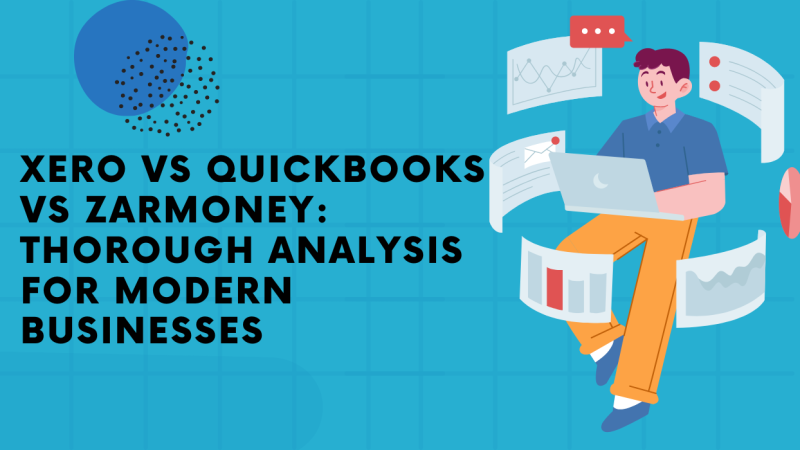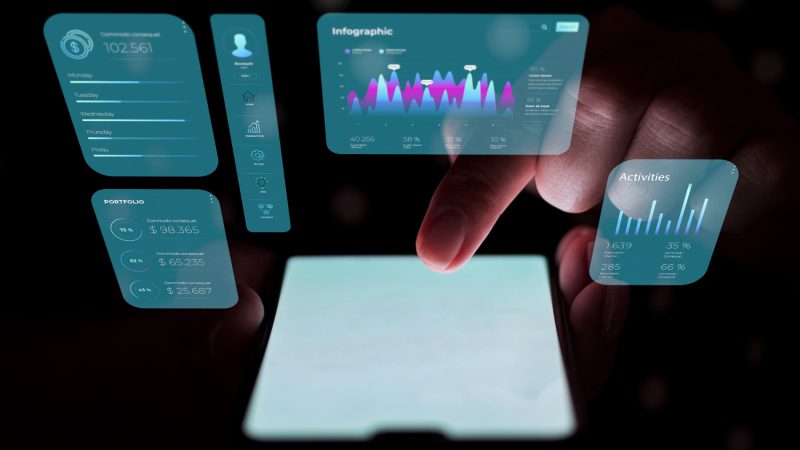Retail vs Wholesale: What are Their Differences?

Going into the retail or wholesale market entails assessing the similarities and differences between the two types of the distribution business. People may always ask how to buy wholesale in order to save money but getting items through retail may be a better option for some. Find out more about these two business models.
What is Wholesale?
Wholesale is basically the process of buying a bulk of goods from companies, manufacturers, or distributors, and reselling them at a specific price to other businesses. Wholesalers manage to earn a profit from this kind of business model because their buying price is still lower than the original retail cost.
In this kind of business, the wholesaler mainly earns on the number of items sold. They look for retailers or other distributors that are in search of the goods that the wholesaler is selling. Although the price is lower, the amount of earnings increases as more goods are being sold.
For example, a retailer may ask how to buy wholesale shirts at $10 a piece. As a distributor, you seek these resellers and give them a rate of $20 a shirt. If you sell 100 items on one retailer, you get an earning of $2,000. The profit should be $1,000 minus the cost of storage and delivery.
Wholesalers mainly earn their money by buying a large quantity of items and reselling them to other distributors or resellers. They do not sell directly to consumers.
Wholesalers need a big overhead capital in order to have sufficient inventory to approach the market and offer products to other businesses.
What is Retail?
Retail selling is targeting the end consumers of products. A retail store acquires products directly from a manufacturer or a wholesaler, depending on factors such as costs, inventory, delivery charges, and overall rate per unit. The retail business is the last point of transaction since the products that it sells reach the end consumers of the market.
The retail store mainly earns its money by putting a high price on individual products. A high retail price sustains the business.
For example, a retailer will buy shirts from a wholesaler for $20 and resells them at $50 a piece. This translates to a $30 profit per unit sold. Retailing a product at this price point allows for deductions in storage and shipping costs.
Which Business Model Do You Choose?
The answer lies in which business type is better for you. Wholesalers bank on the business of identifying the right manufacturers, making contact, getting the right price point, and computing the delivery costs which can still give a profit after all expenses have been deducted.
Retailers, on the other hand, rely on marketing the products that they sell. In this business model, companies have to create a personal relationship with consumers. They have to strategize in order to reach the end consumers and build loyalty among them. Location is important for retailers because they identify high foot traffic where buyers are present.
Branding is more important for retailers than wholesalers. Profit margin is bigger for retailers since they should create that gap for marketing, advertising, and other strategies to engage consumers. Wholesalers get their profits from low delivery costs and good business relationships with retailers.

Conclusion
Whether retail or wholesale, the success of the distribution and selling of goods depends on a lot of factors. You need to answer questions like how to buy wholesale or retail products, where to place your loc
ation, or what products to sell. Strategies make or break a business. If you are to choose the type of business, each has its pros and cons. Assess your marketing environment and pick the one which caters to the demand.






